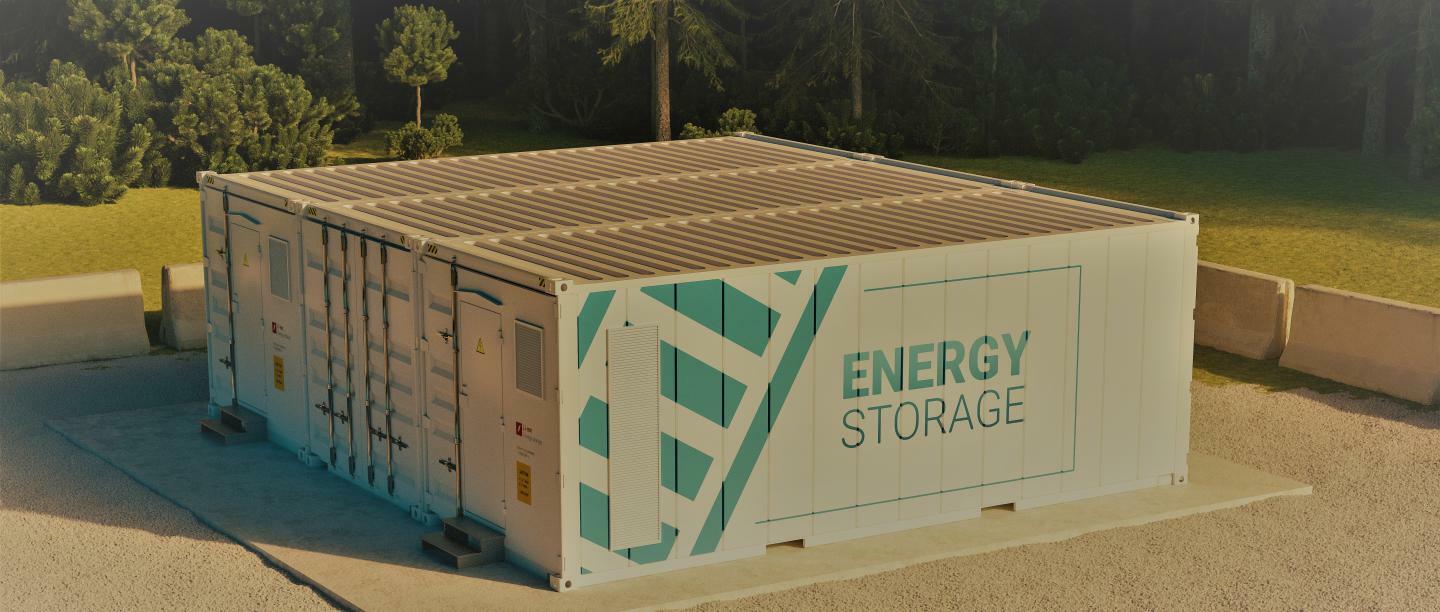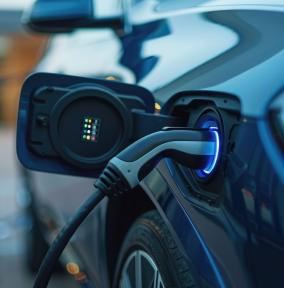The next great energy transition is underway; part business-as-usual technological progression, part haphazard reaction to the mounting pressure of global warming, population growth, the advancement of developing nations, and competition for resources. Responding to this energy transition is vitally important, undeniably fascinating, and riddled with difficulties.
This thought piece by senior credit analyst David Murray tackles the transition at a high level, exploring the now, the how and the end-point – a broad, plausible destination for today’s technology roadmap. Investing for the long term requires finding excellent businesses that will continue to thrive ten, twenty years from now – so it’s valuable to imagine what that future might be. Every year, with every breakthrough, a clearer picture is emerging.
Where we are now
Clean energy has had an incredible decade, leaping forward in efficiency and affordability year after year so that centralised support is giving way to unsubsidised competition. The loss of traditional coal/nuclear baseload power risks electrical reliability, while storage is improving rapidly but remains a step behind.
Solar photovoltaic is unquestionably viable as a source of generation, regardless of subsidies or carbon pricing. It’s cheaper to build new solar today than operate existing fossil fuel generation in many countries,1 and the technology has further to run (e.g. heterojunction and TOPCon cell technology). The key constraint is intermittency; power generation must be aligned with demand, rather than sunshine, otherwise solar reaches a saturation point where additional panels add no value.
Wind also now stands on its own; onshore wind farms in particular offer another economically-viable alternative to fossil fuels.1 Offshore wind farms, more expensive and technically difficult to construct, tap into far more consistent wind resources thanks to sheer size and offshore wind patterns, while costs are rapidly coming down.2 The latest offshore wind towers have blades that stretch 261m high – nearly as tall as Sydney’s Centre Point Tower – and generate power more consistently than their (relatively) pint-sized land brethren.3 Wind runs to its own rhythm however and the core intermittency issue remains.
The next great hurdle then is storage, bridging the gap between cheap, clean renewables and guaranteed power supply. Natural gas – cleaner than coal and able to respond instantly to fluctuations – has stepped up to the role, but still produces emissions that must be dealt with. Nuclear provides consistent, carbon-free baseload power but is expensive and complex to build (the abandoned V.C. Summer nuclear expansion in South Carolina offers a powerful recent example4) and brings its own set of low-probability events to consider. Batteries and pumped hydro have a growing role to play and their own constraints to overcome.
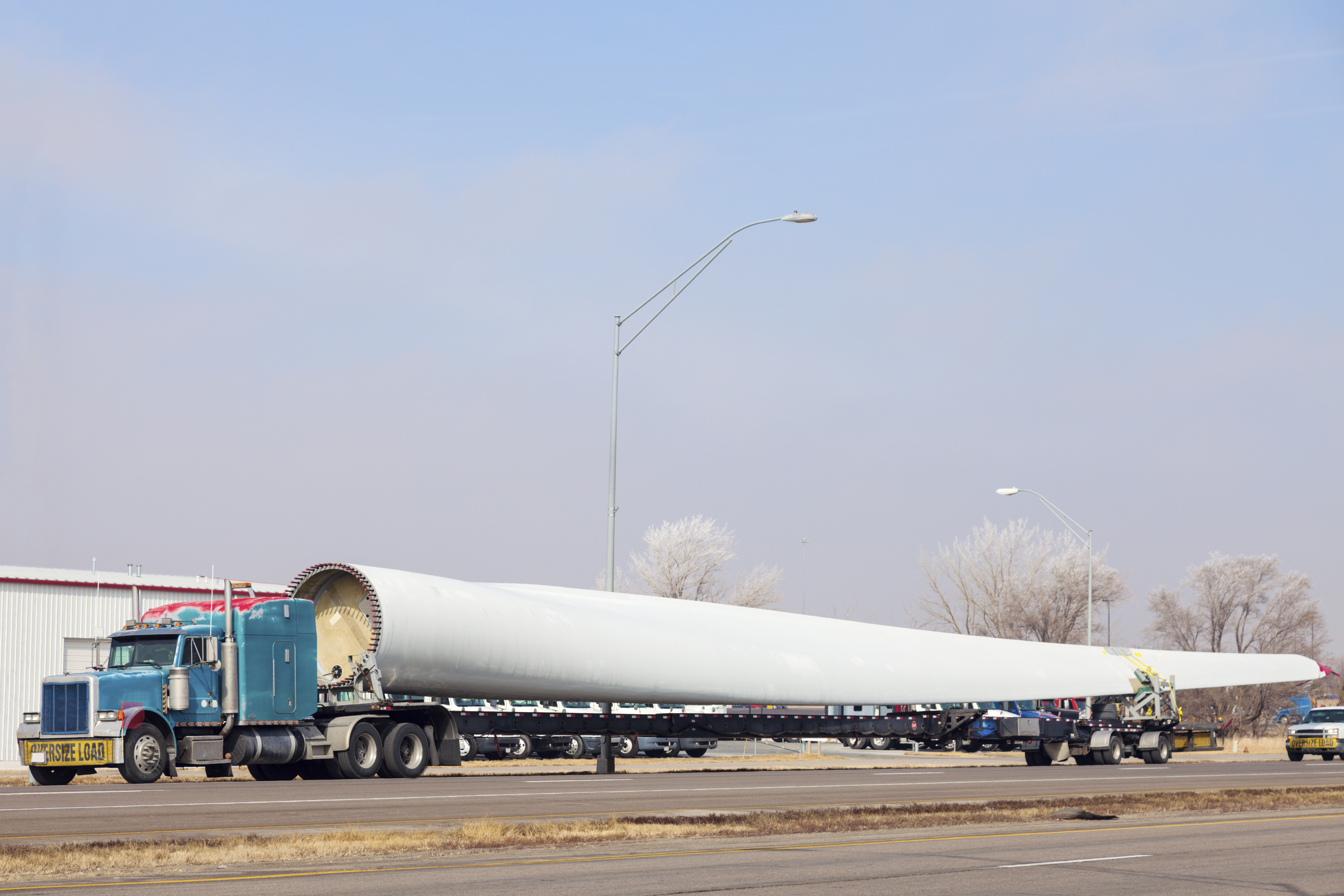
Where we're going
Before digging into the fascinating (and soluble) problem of how we get there, it is valuable to imagine the future our current energy path may take us.
Power is now cheap and abundant, reducing a key constraint of the current energy era. Sunshine, wind, and water are providing the bulk of the world’s electricity. Combined with cost-efficient storage, these energy sources are being harnessed to provide clean energy at a lower cost than what we pay now.
This in turn unleashes new waves of innovation and industry, not just within the energy sector but flowing through to the wider economy. Energy-intensive processes, including desalination and green hydrogen, become economically viable. Developing countries have increased access to the necessities needed to raise living standards, as decentralised power supply removes the hurdle of centralised heavy infrastructure investment (e.g. region-sprawling transmission lines), while also reducing environmental damage.
Societies become more electrified: Electricity’s share of the global energy system increases from 20% today5 to potentially more than 50%. The transport, heating and manufacturing industries replace traditional sources of energy like diesel, oil and coal, with cleaner, cheaper alternatives like batteries and hydrogen.
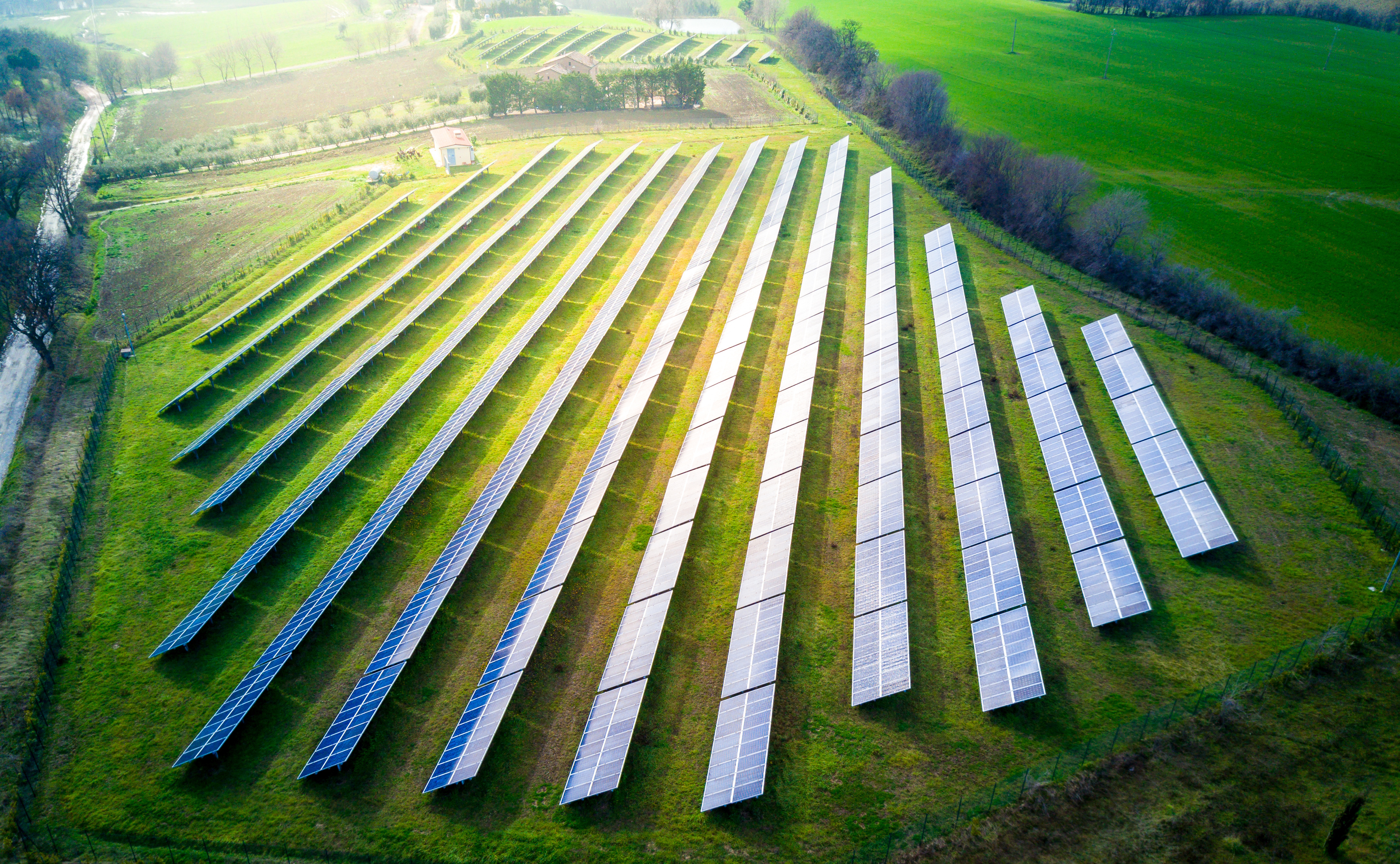
How we get there
While nothing is certain, the constant stream of small steps and great strides forward towards a cleaner energy future offer hints for investors.
Green hydrogen is one elegant solution, very much in development but with more than 50 trial-stage projects worldwide6. Excess renewable energy is used to power electrolysers, splitting water into ‘green hydrogen’ and oxygen. This hydrogen could then be stored in existing gas pipeline infrastructure (retrofitted at considerable expense), creating a giant ‘battery’ of stored energy to be burnt on demand. Appliances and industrial processes – including steel production currently reliant on metallurgical coal – can be upgraded (again at considerable expense) to use hydrogen. Hydrogen levels in the gas pipelines are topped up whenever the sun shines or wind blows, ready to be used on demand. Hydrogen can even be liquefied and exported.
Electric vehicles offer a strong complementary proposition. Widespread electric vehicle adoption together with home battery systems, can create giant regionally-distributed battery systems.
Smart systems charge when power is cheap and release energy back into the grid when prices rise - your car earns money sitting in the garage.
Perhaps nuclear may improve to the point that it can compete on cost, reliability and safety, and becomes a backbone of the power grid.
And perhaps a different clean energy technology entirely, now in its infancy, will emerge.
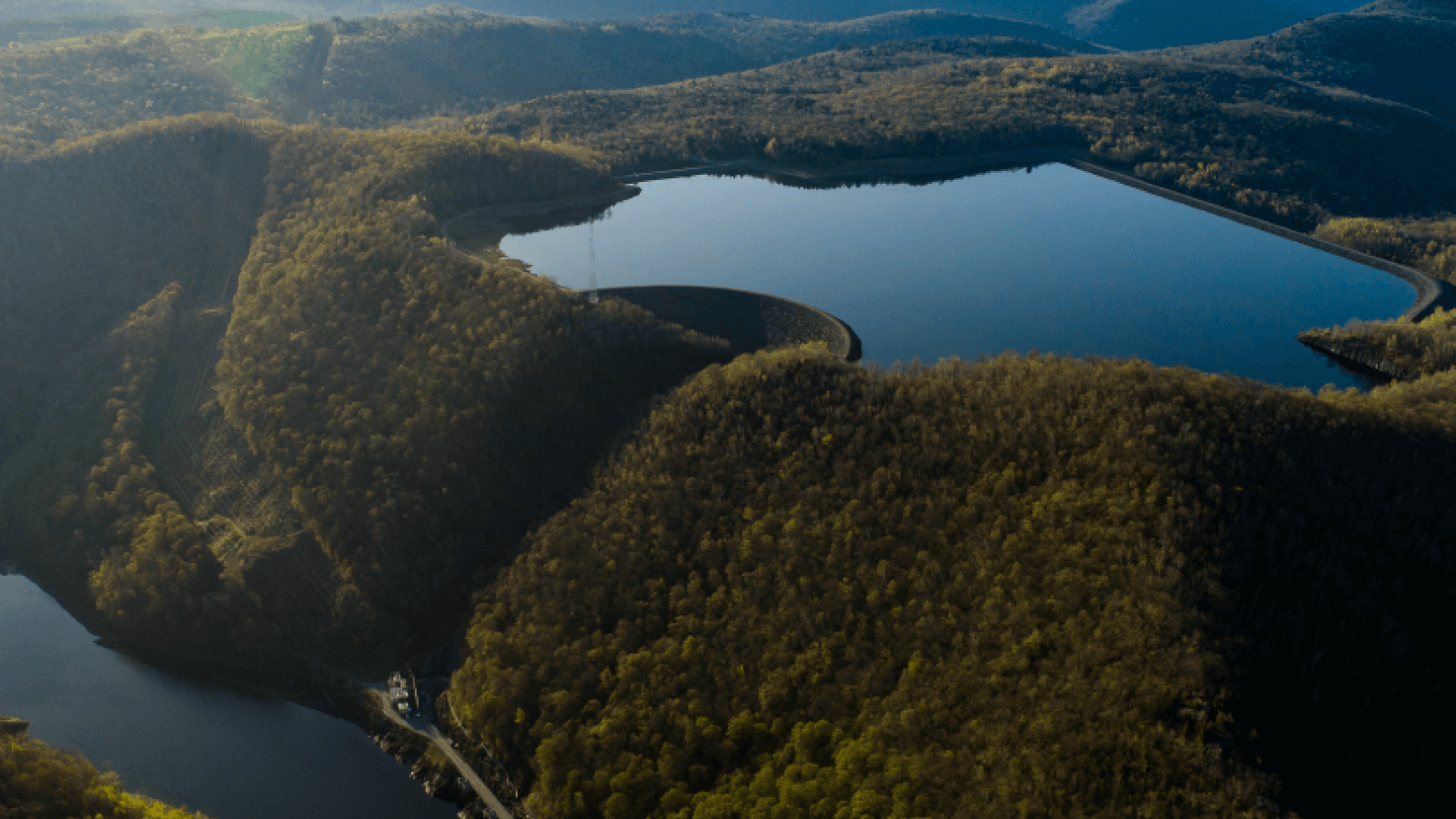
How we can invest
However this clean energy transition plays out, it’s about finding high-quality businesses with the competitive advantage, strong balance sheet and expertise to ride out the waves continuing to rock the energy industry.
Clearly investment in renewables has plenty of opportunity, however exuberance is high and the industry is undergoing rapid change. As not every business will succeed, caution is needed.
Gas provides an immediate complement to renewables and will play a vital role in the transition. There is no replacement readily available and plenty of opportunities to earn a generous fossil fuel risk premium for what are sound investments.
Additionally, metallurgical coal, used in the production of steel, has no viable alternative for at least the next decade, and significant investment will be required to convert production processes to hydrogen or other clean alternatives. In the meantime, metallurgical coal tends to get unfairly caught up with thermal coal negativity.
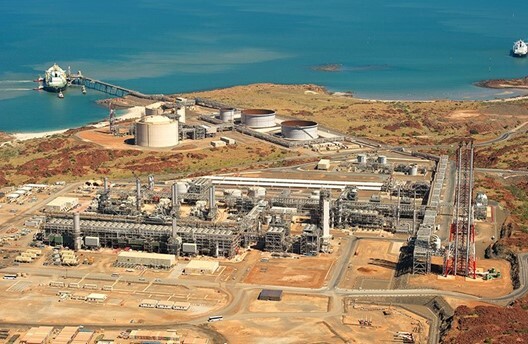
1 IEA NEA Projected Costs of Generating Electricity 2020 Edition; CSIRO GenCost 2020-21, Dec 2020
3 IRENA Future of Wind Oct 2019; IEA NEA Projected Costs of Generating Electricity 2020 Edition
3 IEA Offshore Wind Report 2019; Company reports
5 Bloomberg New Energy Finance: New Energy Outlook 2020
6 IEEFA Great Expectations Aug 2020
